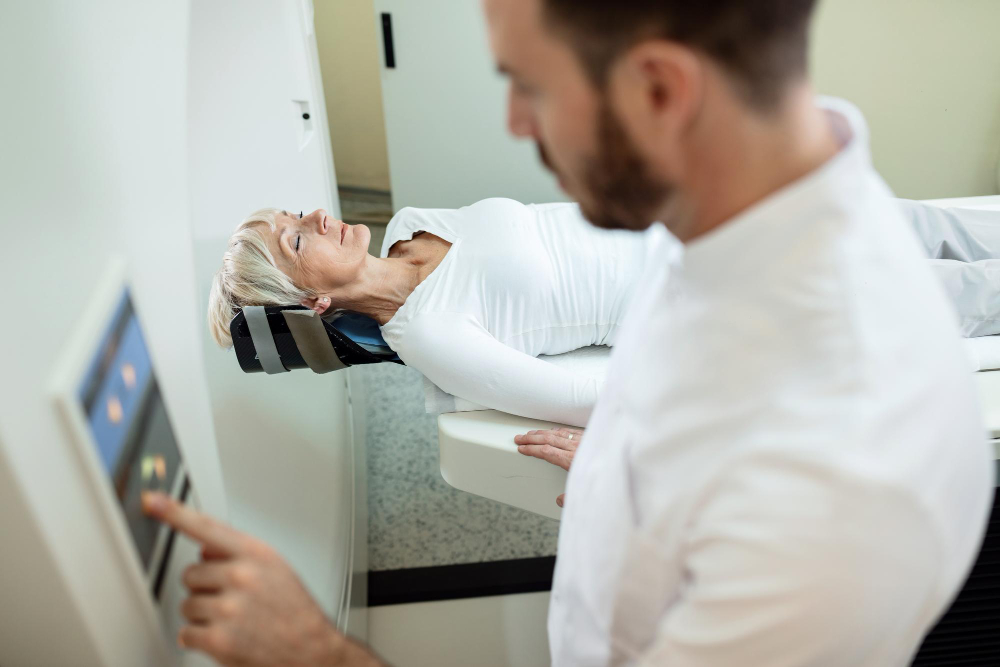What is CT Enteroclysis?
CT Enteroclysis involves the infusion of a contrast material directly into the small bowel through a nasojejunal tube, followed by computed tomography (CT) imaging. This combination allows for a complete visualization of the small intestine, offering greater diagnostic sensitivity compared to traditional barium studies.
It is typically recommended for patients experiencing chronic abdominal pain, unexplained diarrhea, malabsorption, or suspected small-bowel tumors and Crohn’s disease.
Why CT Enteroclysis is Performed
Doctors usually suggest a CT Enteroclysis to:
- Evaluate Crohn’s disease and other inflammatory bowel diseases (IBD).
- Detect intestinal strictures, fistulas, or obstructions.
- Assess small-bowel tumors or polyps.
- Identify sources of unexplained bleeding or pain.
- Measure bowel motility and thickness in chronic GI disorders.
How the Procedure Works
- A thin nasojejunal tube is gently inserted through the nose into the small intestine.
- A contrast agent is infused to distend the bowel loops.
- CT imaging is performed to obtain detailed cross-sectional images.
- The radiologist reconstructs 3D images for complete diagnostic analysis.
The entire process usually takes about an hour and is performed under the guidance of an experienced radiologist. Sedation may be administered to enhance patient comfort.
Benefits of CT Enteroclysis
- High accuracy in detecting early small-bowel pathology.
- Comprehensive 3D visualization of intestinal loops and walls.
- Faster diagnosis with fewer complications compared to traditional enteroclysis.
- Improved patient outcomes through targeted treatment planning.
Preparation Before the Scan
Patients are advised to:
- Avoid solid food for at least 8 hours before the procedure.
- Drink clear fluids as instructed by the physician.
- Inform the doctor about any allergies, especially to contrast materials.
- Disclose any current medications or kidney-related issues.
After the Procedure
Patients can generally return to normal diet and activities soon after the scan unless otherwise advised. Mild discomfort, bloating, or nausea may occur briefly but usually resolves on its own.
Why Choose Us for CT Enteroclysis
Our imaging center offers advanced CT technology, expert radiologists, and patient-centered care. We ensure minimal discomfort, precise results, and quick reporting to support accurate diagnosis and treatment.








